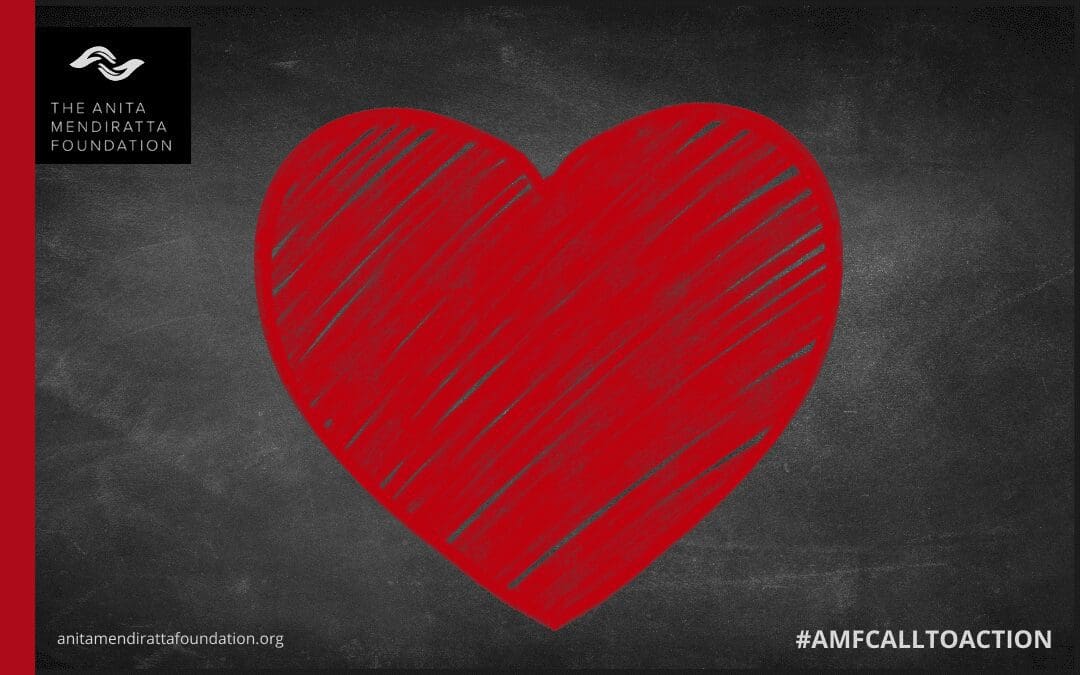A Call to Action
It was one of life’s defining moments.
It was May 2014, six months since Super Typhoon Haiyan had hit the Philippines – Tacloban, to be precise. I was blessed to be in the Philippines on an official UNWTO mission alongside the former Secretary General of the UNWTO, there to examine the damage of Mother Nature’s merciless temper tantrum. The category 5 Super Typhoon had hit just before dawn local time on November 08th 2013, causing unprecedented damage as the system’s one-minute sustained winds of a record 315 km/h battered the sleeping landscape and local community. Along with the catastrophic winds came a storm surge estimated to be between 5m and 7m high.
Nationally, the fury of Super Typhoon Haiyan (locally in the Philippines as Yolanda) impacted more than 14 million Filipinos. More than 6000 lives were lost, over 1.1 million homes turned to rubble, over 33 million coconut trees – a critical source of lives and livelihoods and essential aspect of the landscape – ripped from the ground. The daily work of over 5.9 million was disrupted. The overall damage was over US$ 5.8 billion. In Tacloban an estimated 90% of the city was destroyed.

These numbers, when you look at them individually and together, are numbing. And yet when the world looks at crises the numbers can become the basis of comparison, the words ‘only’ and ‘just’ often entering the narrative. And yet, so importantly, behind every single number is a heartbeat, that of someone whose life has been turned upside down. The life of someone who has suffered unexpected, undeserved, unimaginable loss. The life of someone who will never look to the future the same again.
Leaving Tacloban on a tiny UN airplane (as the airport was still closed due to severe damage so only official charters were permitted), I turned to the Secretary General, and I asked him “Why are we here? Why are we here when these people need hospitals, they need schools, they need electricity? They don’t need tourism, not right now.” He didn’t look at me – he just continued to stare out of the now airborne aircraft window, far out over the broken landscape. And all I heard were his words, softly spoken: “Because they need to know they were not forgotten.”
Those words have haunted and inspired me since, and they have become the inner voice of the Anita Mendiratta Foundation. Our call to action.






